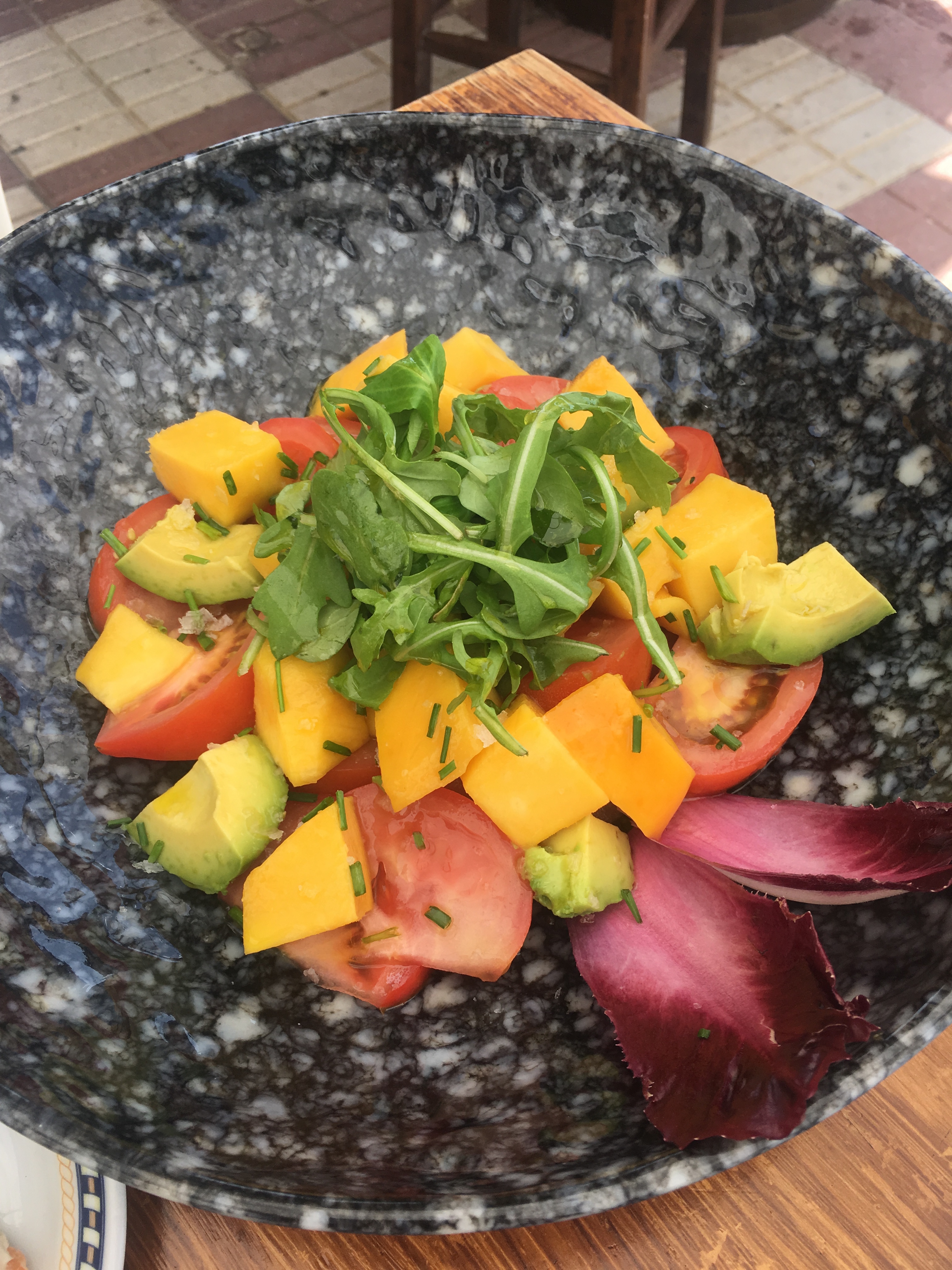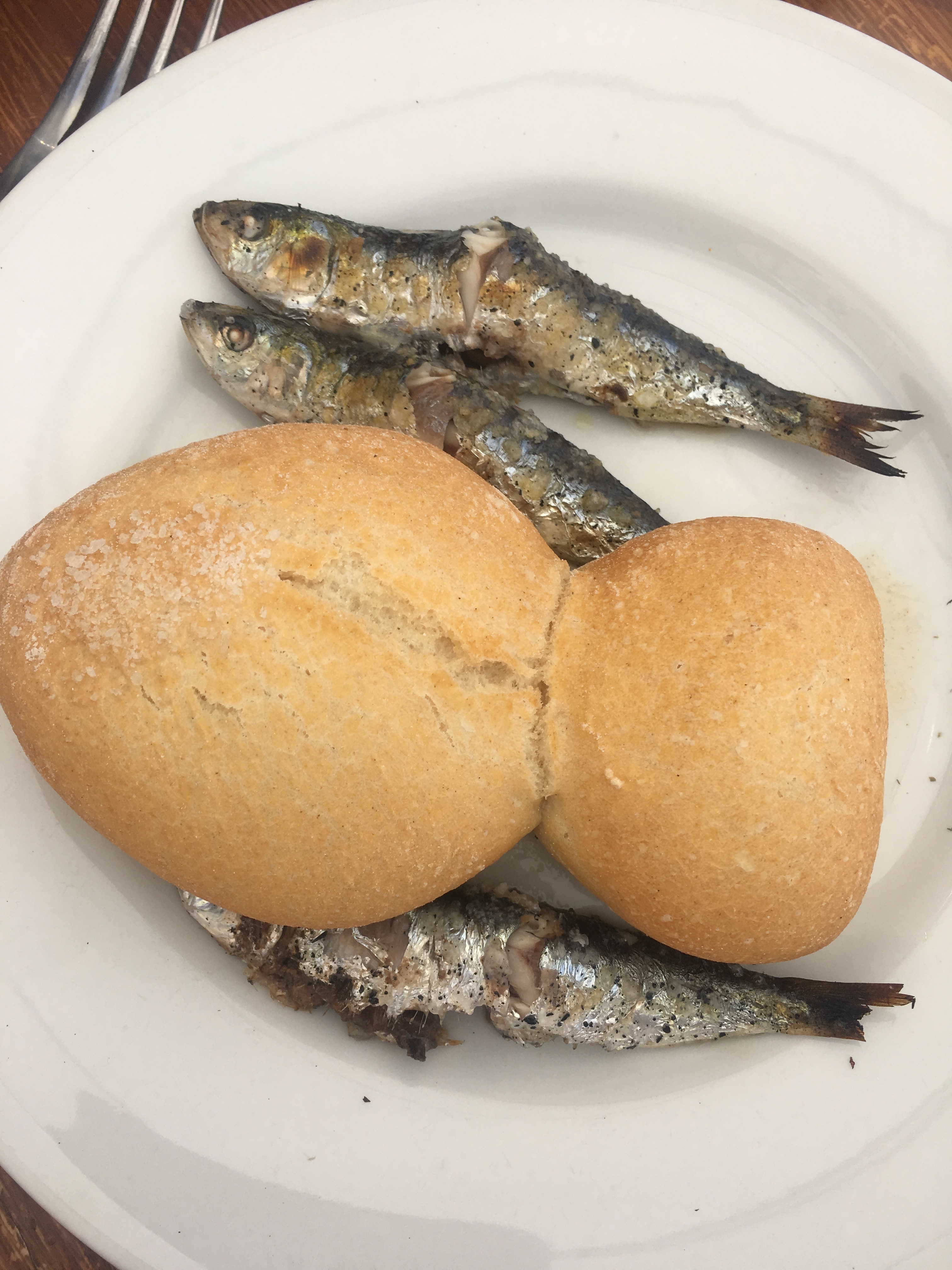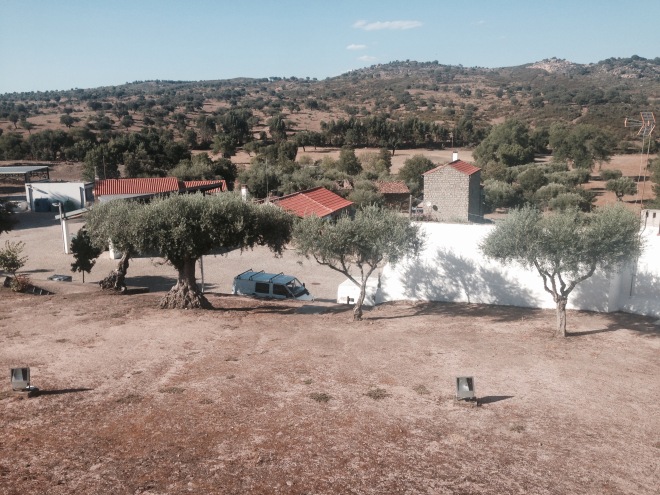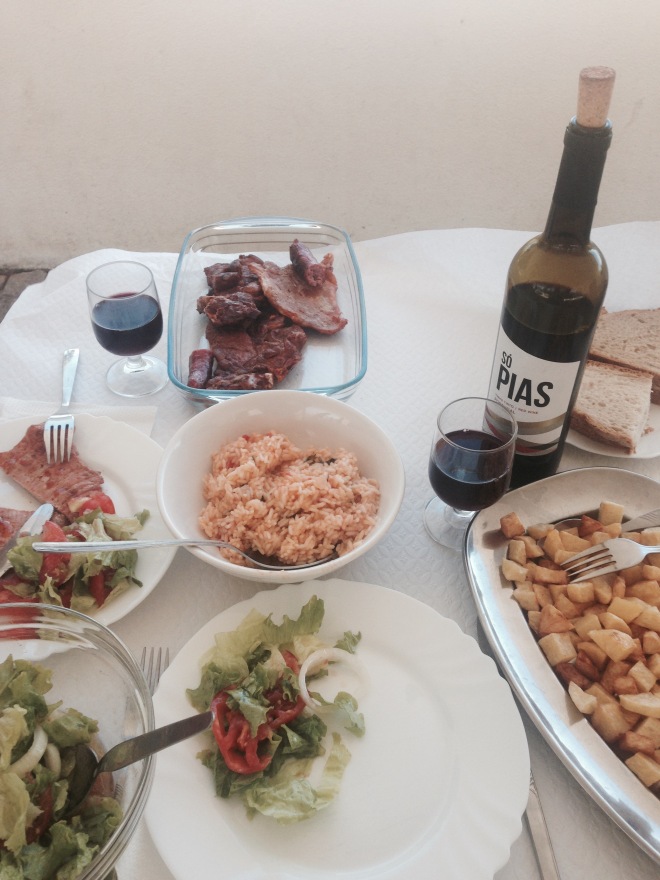When we drive south from Lisbon on our way to the Costa Vicentina we usually find ourselves in the city of Setúbal at the the mouth of the Sado river and just across from the Troia Peninsula. It also borders the Arraibida Natural Park. Sétubal used to be the center of the canned sardine industry in Portugal and you can visit a museum that is housed in one of the old canning factories. However, there is nothing better than shopping for fresh seafood at the local market. This vibrant space decorated with beautiful tiles and statues is the largest covered market in all of Portugal.
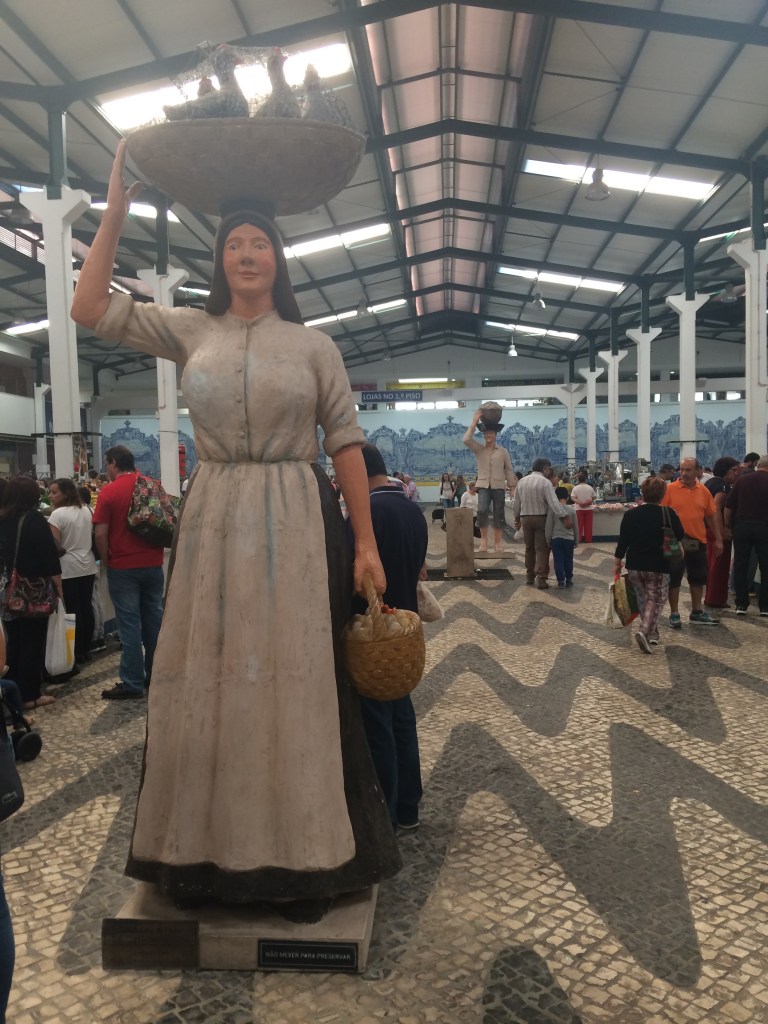

The seafood in the market is beautiful, especially the black scabbardfish. But, you will find all of the ingredients for the local seafood dishes like cuttlefish, clams, cockles, sea snails, and of course sardines. Fresh vegetables, breads, cured sausages and my favorite local cheese called Azeitão are plentiful and sold by local vendors.

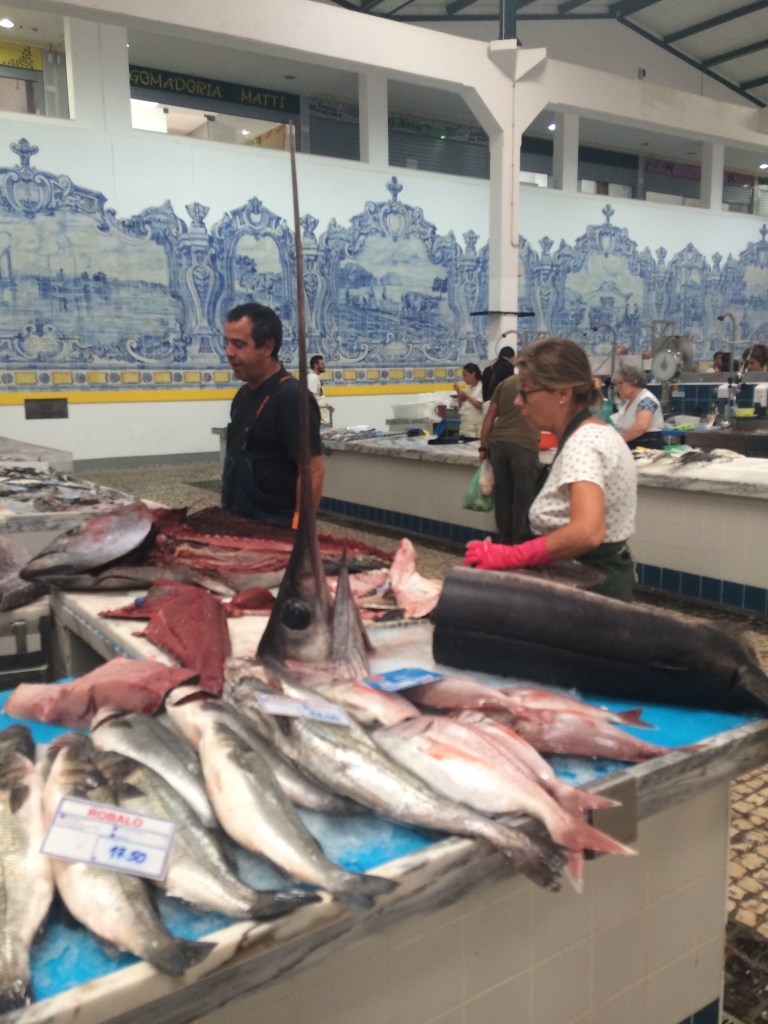
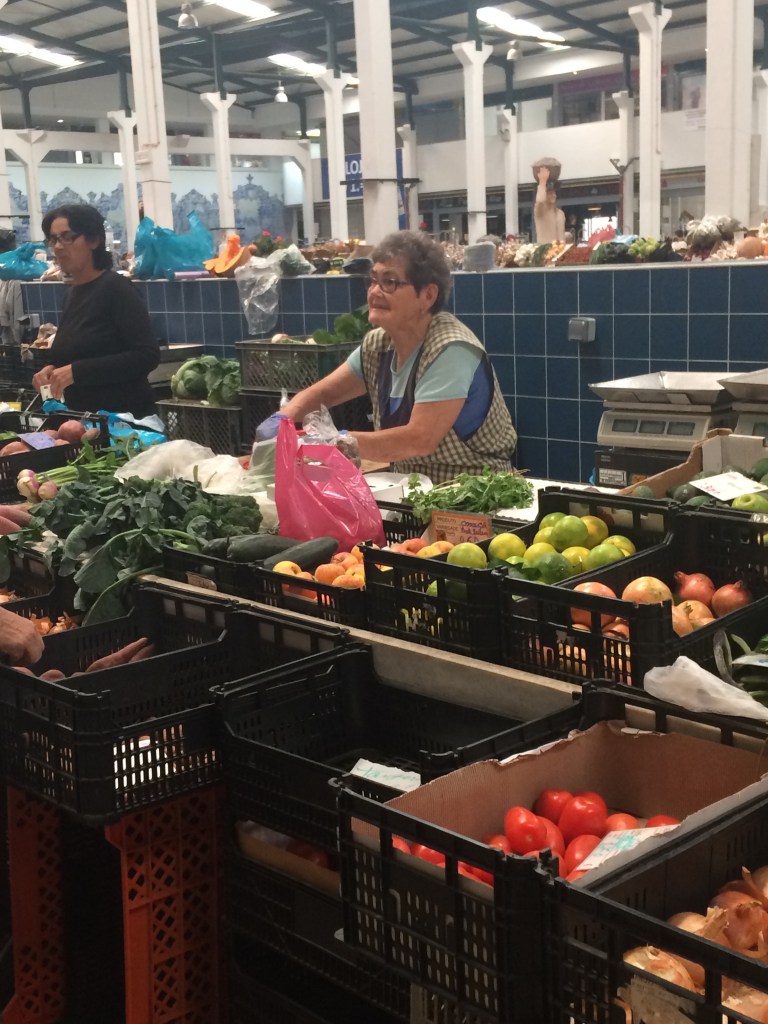
A visit to any market in Portugal is not complete without a light snack. Whether you are at one of the large flea markets or a local fresh food market you always have a great choice of Portuguese dishes to choose from. Grilled chicken with a glass of local wine, sautéed liver with onions (iscas con elas), or a sandwich with fried chicken breast. Our go to market snack is always a bifana, a simple sandwich made from marinated pork cutlets served on a fresh roll with condiment options of mustard and hot sauce. With a mini Sagres beer or a glass of local sparkling wine it’s the perfect “pre-lunch” meal. You can easily have a full meal with the dishes that are offered but when in Setúbal it’s best to save room for some fried cuttlefish served with a fresh salad and roasted green peppers in a nearby restaurant.

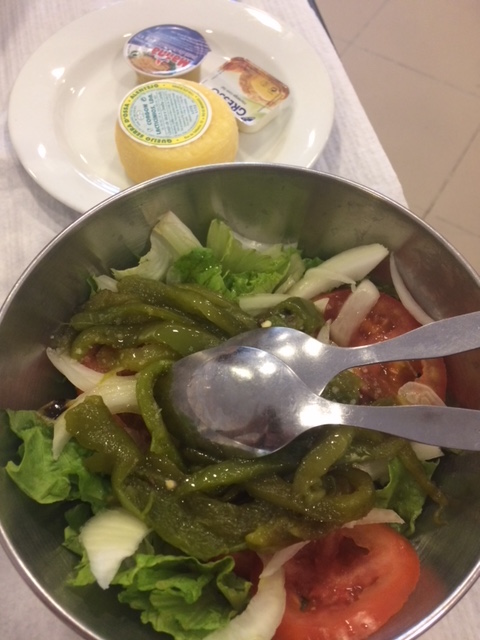
The last time we were in Setúbal we decided to take the ferry across to the Troia Peninsula. What is now an area for luxury hotels and beautiful beaches used to be home to one of the largest fish salting and preserving workshops during the Roman Empire. These pastes and sauces, like Garum, were produced here and then exported in Amphorae by sea to the different provinces. You can visit the roman ruins here that include the fish salting area, baths and some dwellings dating that were occupied up until the 6th century.


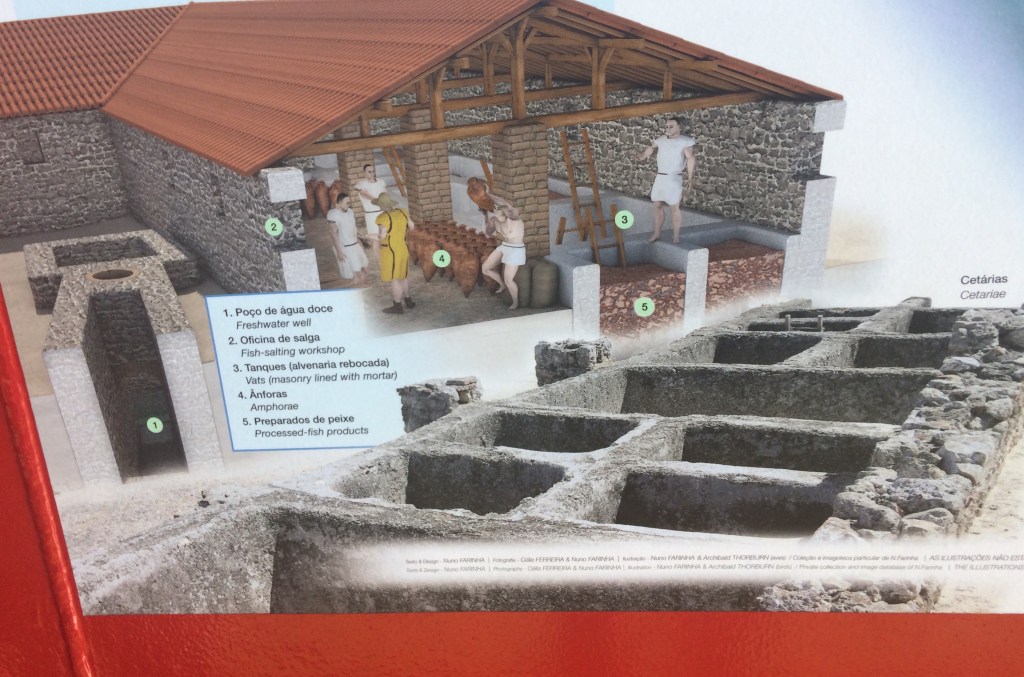
Sometimes when we are home for too long we start to miss some of the amazing seafood dishes that we have enjoyed so many times in Portugal. After watching a travel show a couple of weeks ago we decided that it was necessary to replicate one of the dishes that had been prepared on the show. We bought some excellent prawns and clams and made this amazing dish with butter and cilantro. After a seafood meal in Portugal the most common dessert is a “prego”, a grilled beef sandwich with lots of garlic. We couldn’t leave out the dessert! With these blazing hot malagueta peppers it was the perfect meal.





